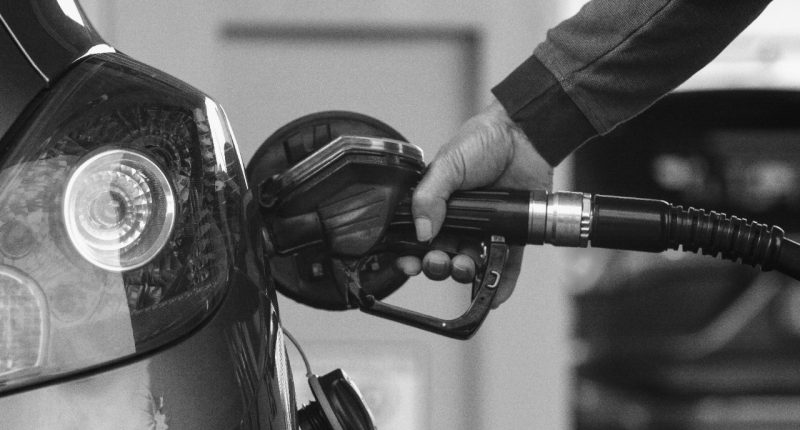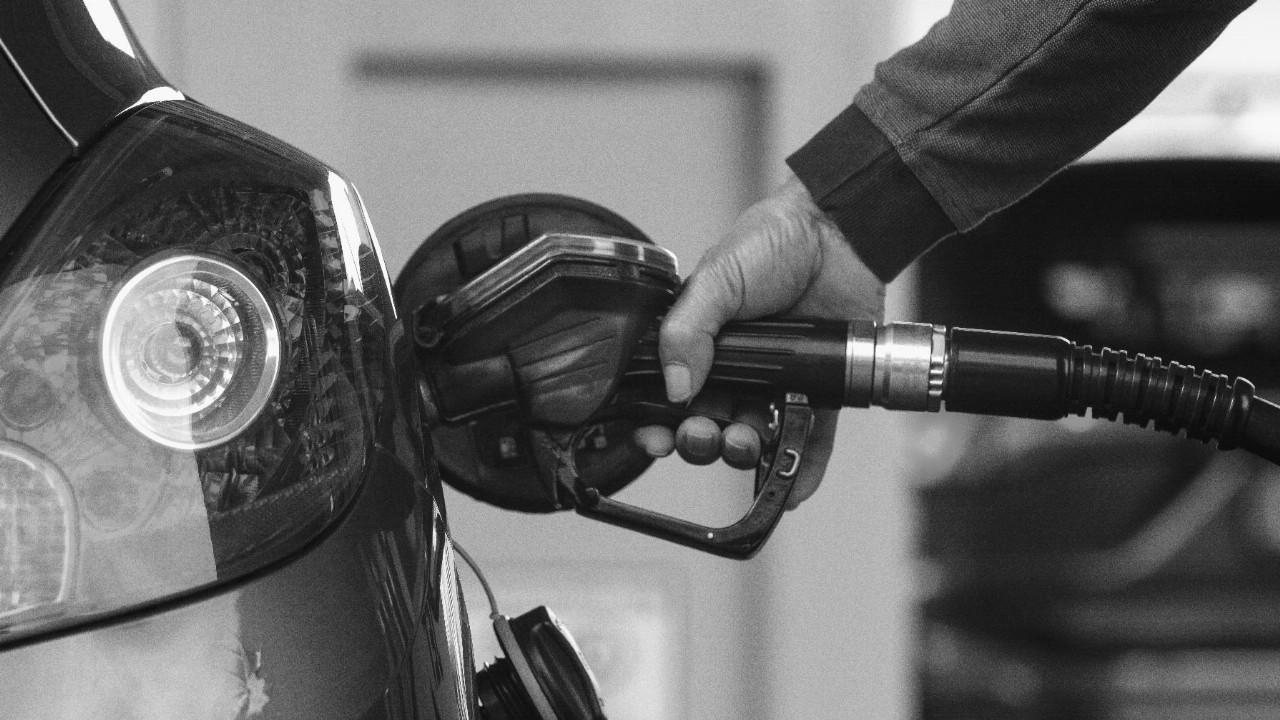In 2022, the world is facing the worst energy crisis in history. With the consumption of oil products now over 100 million barrels per day, demand has doubled in the past 50 years. Inflation-adjusted prices have exceeded those seen during the OPEC crisis half a century ago.
Growth in natural gas demand has been even more dramatic. As this fuel has been replacing coal for heating and electricity generation, consumption has more than tripled in the same period.
War in Ukraine has exposed a supply-side dependency on Russia for much of Europe’s energy needs. Subsequently, oil and gas prices have risen 90 and 110 per cent, respectively, since the beginning of 2022 and are the main drivers of soaring inflation now gripping the world. What’s more, these prices are expected to remain elevated for years to come as markets give up on a quick resolution in Ukraine and refiners look to hedge against uncertainty.
Central banks have begun the normalisation process for interest rates and are reversing easy liquidity through quantitative tightening. Global growth, however, is slowing, which presents challenges in removing stimulus.
Combined with high prices at the pump, this situation is inflicting severe hardship on communities. Household income is being spent on petrol and heating while mortgage rates are climbing rapidly for the first time in years. And while Australia is currently experiencing full employment, unemployment is expected to rise significantly over the next two years, leading to further stress on households.
The Australian Government has taken action to relieve some of the stress facing the consumer. The petrol and diesel excise has been halved from 44 to 22 cents per litre, at a cost of $2.9 billion over a six-month period. Unfortunately, these savings have been more than offset by higher crude oil prices.
There may be a fairer way to mitigate some of the pressures facing the community.
In 2020, Australia was the biggest exporter of Liquified Natural Gas in the world at some 106 billion cubic metres. The value of these exports hit $49 billion in 2021, up 36 per cent from 2020 as the price of the commodity rose. This year, exports will likely top $65 billion thanks to a relatively weak Australian Dollar against the US currency. Energy, after all, is denominated in US Dollars.
The largest export region in Australia is the North West Shelf off Western Australia where Woodside, Chevron and Shell are the main operators.
A recent report by The Australia Institute found that these multinationals account for two-thirds of production yet pay little or no royalties. The WA Government saw just $310 million in royalty revenue for 2021 while these companies profited from a public resource that employs just one per cent of the state’s workforce.
LNG is a finite, polluting resource owned by the people of Australia. Energy companies gain access to mine and sell it either locally or to the export market, but can claim significant deductions from royalty payments. Multinational companies employ transfer pricing techniques to shuffle expense and income items between differing tax jurisdictions in order to minimise their overall liability.
Given the situation during this crisis, surely it is reasonable to apply higher taxation on production so the people of this country could earn real-world concessions against a situation not of their doing.
While some might argue against instigating new taxes, the new Australian Government was elected with a clear mandate from voters to instill greater environmental awareness, clean energy targeting and fairness for workers. Redistributing some mega-profits from energy giants to households is a popular and just social policy capable of helping Australia’s most vulnerable.
Australia, thanks to its low-cost structure for producing oil and gas, is well positioned to implement such a plan. The royalty system could be changed to capture the extreme level of prices while still leaving highly profitable drilling revenues in place. And when prices return below a certain threshold, the tax dissolves.
The existing Petroleum Resource Rent Tax (PPRT) is hopelessly inadequate and raises very little revenue. In 2019, it raised just $1 billion compared to an average of $1.5 billion between 2001 and 2008.
Clearly, the complexity and allowable deductions of this levy permit almost complete tax mitigation by companies, many of which are global multinationals.
The aim of a new taxation methodology should be to tighten the PPRT and raise sufficient revenue to fully subsidise the 44-cent fuel excise. At today’s pump prices, this might present a 20 per cent saving to motorists and transport companies, potentially slowing the steady rise in freight costs.
But regardless of which political party rallies this legislation, the key message here is one of fairness in the management of our energy resources for the benefit of all Australians.
Too long has self-interest and legislative complexity shielded energy conglomerates from taxation obligations. There is a clear consensus after the election to refocus on energy management and require those making vast profits from our resources to help alleviate the hardship facing households.
This idea has been implemented in several countries around the world. Italy, for instance is now levelling a ten per cent windfall tax on energy companies that show significantly higher revenues. Legislators aim to raise €4.4 billion (A$6.7 billion).
Similarly, the UK announced a 25 per cent windfall tax on oil and gas producer profits to be used to cushion household energy bills, with anticipated takings of £15 billion (A$26.5 billion).
Of course, if oil and gas prices continue to rise on world markets, there is the potential to capture even greater taxation revenue from energy companies. This would have the effect of capping prices at the pump as drivers are rebated the surplus. The Albanese Government has until September 28 to decide what to do with the current policy of a 22-cent excise subsidy.
The electorate appears to be strongly in favour of any proposal that levies energy companies with greater social responsibility in sharing the burden at the pump with consumers. This may be the first big test for Labor as it endeavours to show its credentials in swinging the balance of power away from big miners and energy companies as it pursues its carbon footprint targets.
Neale Muston has worked as Head of Fixed Income, Asia Pacific, for Merrill Lynch Japan, and as Managing Director at Morgan Stanley Australia and senior derivatives trader at JP Morgan Australia. He has previously written for The Sydney Morning Herald.





